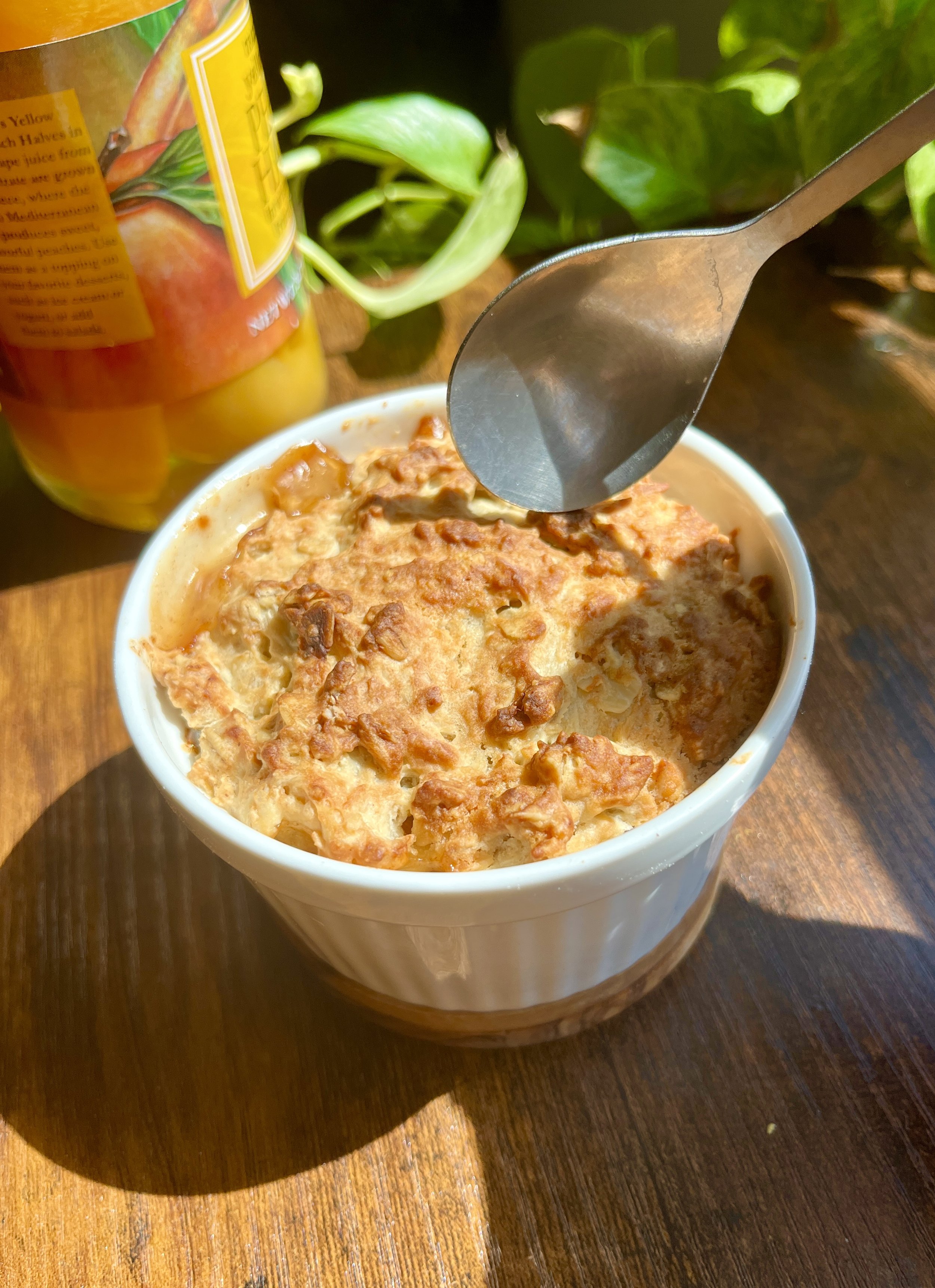We’re having a Stone Fruit Summer
We’re having a Stone Fruit Summer
INTRO BY SYDNEY FLUKER
RECIPES BY REID QUIGGINS, @REIDSACTIVEKITCHEN
I’m no stranger to stone fruits.
I grew up in between the East Bay Area and California’s Central Valley, Northern California’s fruit basket. As a kid, we traveled from our suburb out to the valley to pick the peaches and plums ourselves on weekly family outings to the farm. My dad brought home a separate weekly pile from Modesto for us to indulge, letting my mom take over to turn the harvest into crumbles and muffins (I tended to get to the peaches and nectarines before she could, though). My child-self certainly considered herself a stone fruit connoisseur.
Though I now live about 900 miles from that valley, my adoration for the fruit family hasn’t wavered.
Stone fruits get their name from the pit or “stone” they carry in their center, typically covered with fleshy fruit and a thin layer of skin. Also known as drupes, stone fruits peak in the summer and tend to have a short harvest period, meaning you have to act fast.
Each fruit has its own flavor profile, but stone fruits tend to be on the sweeter end of the scale. The diversity within the stone fruit family makes them usable in many cooking scenarios. Over the next few pages, you’ll find recipes from Reid Quiggins, @reidsactivekitchen, a recent Gonzaga University graduate and self-taught cook whose Instagram features motivational cooking content. Beginner-friendly and guaranteed to impress, his recipes will find their way into your summer rotation in no time.
Happy stone fruit summer.
Pro-tip: Smell is a great indicator of ripeness that avoids the bruising from squeezing — the more aromatic, the riper the fruit. Wrinkles near the stem are also a sign of sweetness.














